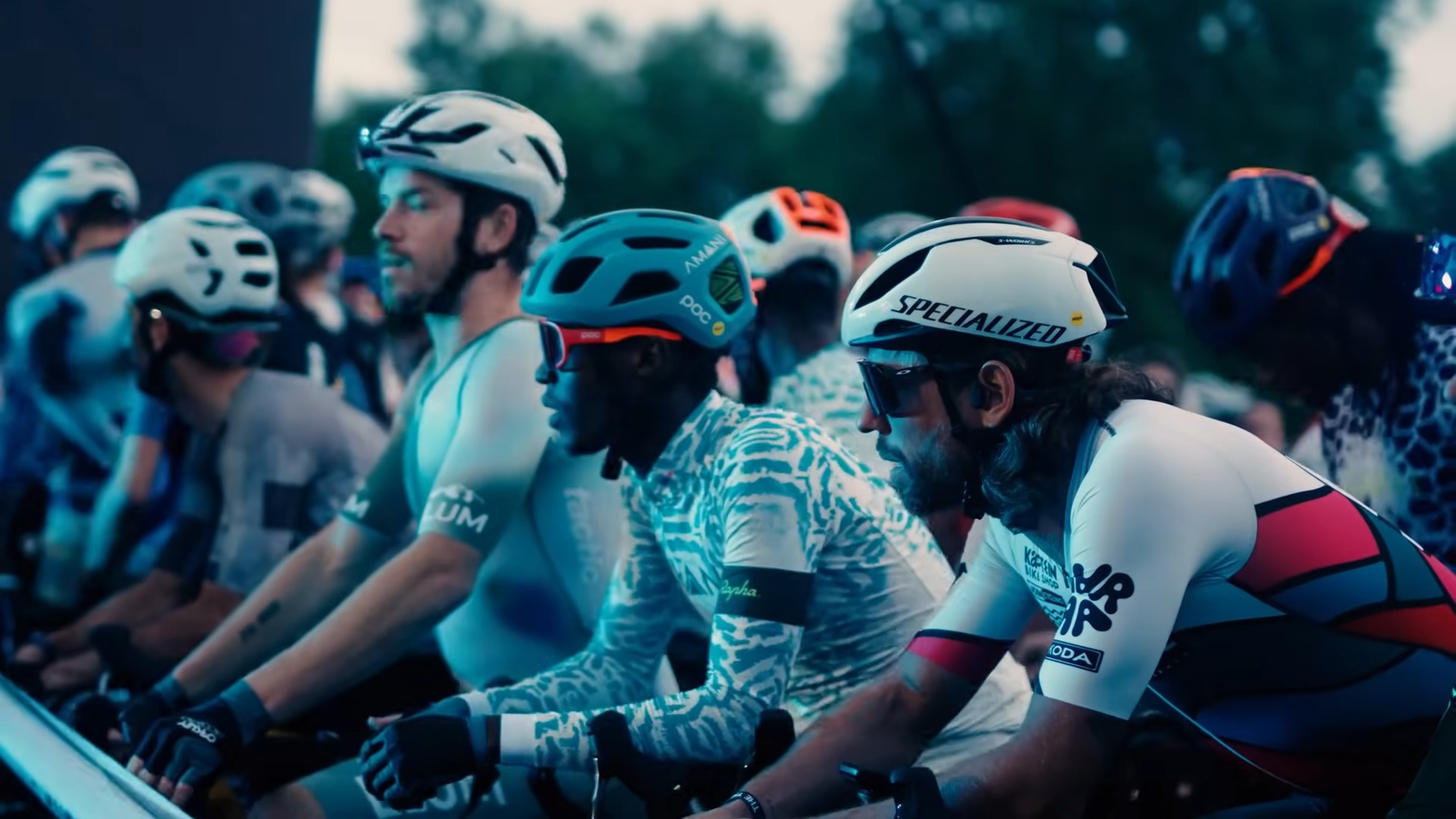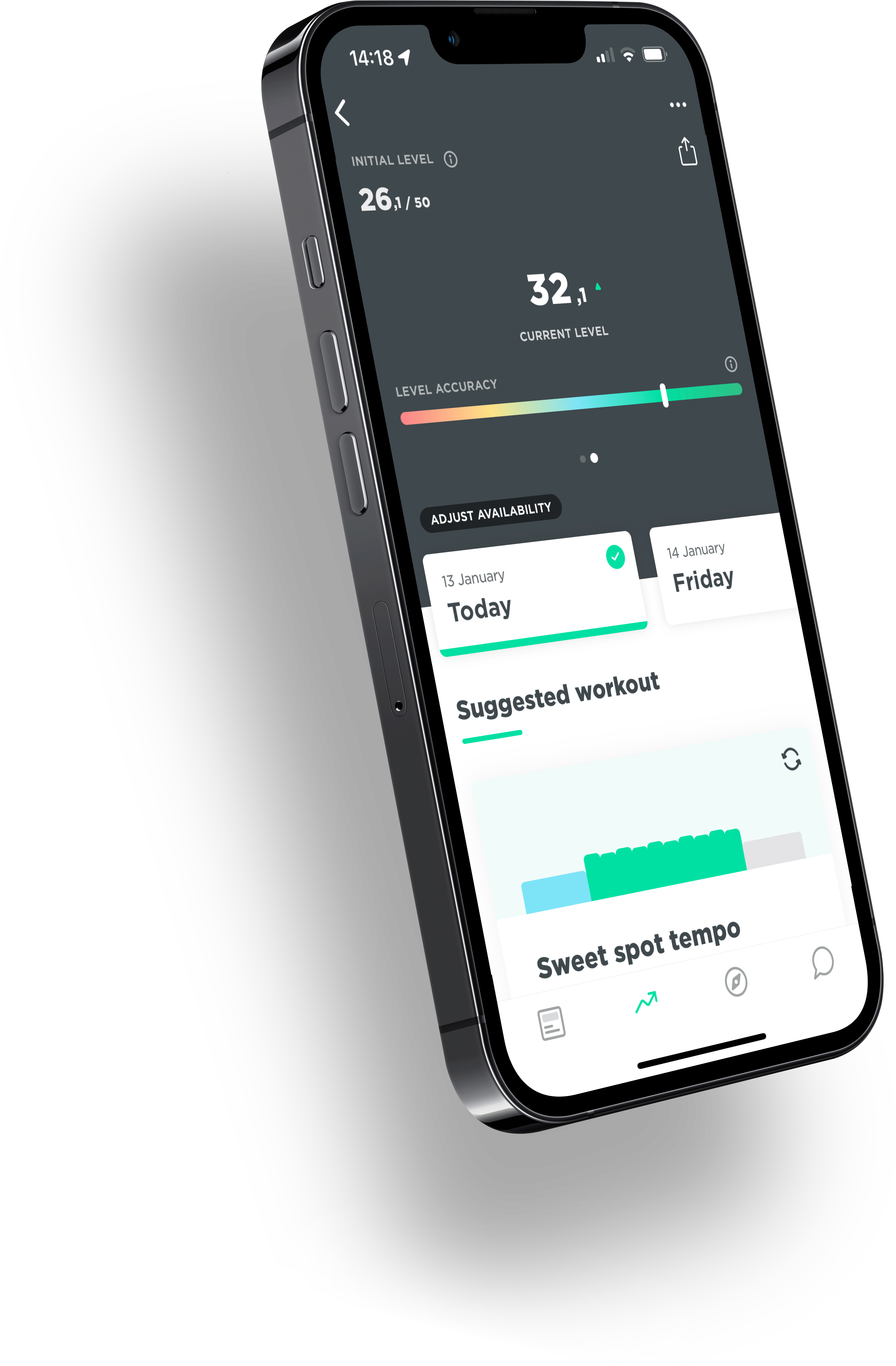Peak performance or “form” is one of the most elusive concepts in sports. Athletes often complain about its absence or deny its presence, fearing they might jinx it. But what is form, and how can you ensure it shows up on the day it matters most?
First and foremost, peaking isn’t as complicated as it seems. The tricky part is peaking when you want to, which boils down to timing. Every cyclist reaches their highest level of performance at some point during the season. That’s the day when all personal records are shattered, and your legs feel invincible. The trick is to have these “super legs” on the day of the event you’ve been training for months, not during a random Tuesday training session.

Understanding Form
Form, or today’s performance level, is determined by your fitness minus fatigue. To peak, you need a plan to build your fitness to its highest level leading up to your goal. How high this level reaches depends on your starting point, talent (genetics), and available time. Even if you have all the time in the world, it doesn’t mean you’ll benefit from 15 hours of training per week. Your body’s ability to handle training load needs to be built up over years, and even then, not everyone is cut out to handle that much training.
The Science of Peaking
Training makes you tired initially. It’s the recovery afterward that makes you better. So, it’s easy to see that training hard right up to the event won’t result in a high performance on the day. In the days leading up to your peak, you need to ease off to reduce fatigue and regain freshness. This process is known as tapering.
In cycling, a tapering period usually lasts only a few days because muscle and tendon damage is minimal. In running, tapering often spans several weeks, gradually decreasing volume while maintaining intensity. Since cycling doesn’t involve as much wear and tear, you can maintain high fitness levels for longer. Taking a few days of rest will reduce fitness slightly but will also reduce fatigue, positively impacting performance.
Seeing a slight drop in your JOIN level during this period isn’t a problem. Your JOIN level only indicates fitness, not your performance on the day. For that, you should look at your JOIN level in combination with the ‘readiness score.’

Individual Tapering
Research shows that tapering can boost levels of hormones like testosterone and growth hormone (IGF-1) while reducing stress hormones like cortisol. Additionally, less training and sufficient carbohydrate intake ensure your muscles and liver are full of glycogen.
However, the length and method of tapering are highly individual. There’s no one-size-fits-all method. A great example is Sven Nys, who, during weekends with only one race, would do a hard race simulation the day before. The key to training and peaking is documenting what you do. This way, you can trace back those accidentally great performances and replicate the approach when it counts.
Practical Advice
To leave you with something tangible, here’s a general recommendation: Do your last hard training session 4 or 5 days before the event. Ensure a complete rest day 2 days before the event, and if you’re extra fatigued, take a full rest day 3 days before. The day before the event, wake your body up with a 45 to 60-minute ride at low intensity, including 5 minutes at a slightly higher intensity and three short 6-second sprints. This keeps your muscle tension from dropping too low before the start. Use this advice as a starting point and experiment to find what works best for you.


